Fibroid Symptoms & Diagnoses
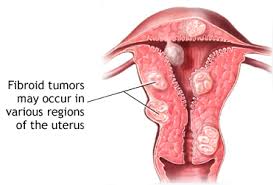
What Fibroid symptoms should you look out for? Although 50% of all women may have fibroids, only 30% have pain due to fibroids. For this reason, it’s important to look out for other symptoms. Fibroid symptoms include: Painful menstruation (dysmenorrhea) See www.dysmenorrhea.biz Heavy or extended bleeding or bleeding between periods (medically known as Menorrhagia) Distended abdomen […]
What are Fibroids?

What are fibroids? This article explains what they are and why they are dangerous if left untreated. Fibroids occur in the womb/uterus. They are normally non-cancerous (benign) smooth muscle tumors. They are also known as leiomyoma, leiomyomata, or myoma. Fibroids vary from the size of a small seed (1 mm) to that of a large grapefruit (more than […]
Treating Estrogen Dominance
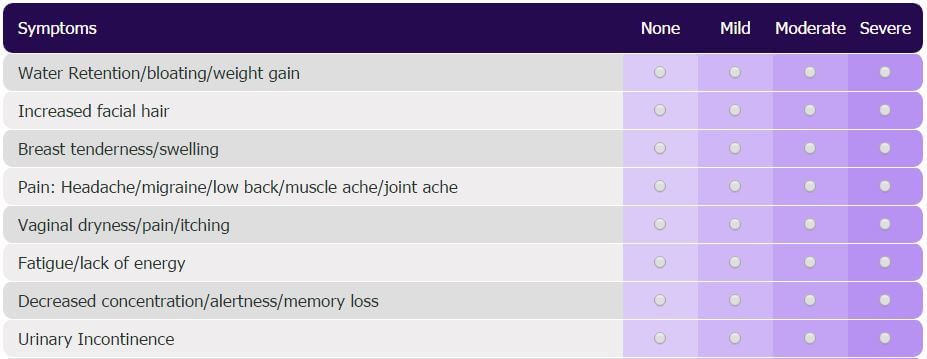
The best way to combat Estrogen dominance is through hormone replacement therapy – particularly effective is treating Estrogen dominance with natural progesterone replacement therapy. This is because Progesterone is the calming force that counters the stimulation effect of Estrogen in the body. The First step is diagnosing Estrogen dominance and Progesterone deficiency The first step […]
The signs & symptoms of Estrogen Dominance
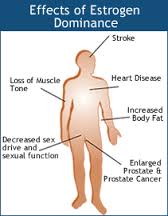
Both genders can develop Estrogen dominance, even young boys and young girls. Here’s some information on the signs and symptoms of Estrogen dominance so you can recognize the condition and find an appropriate treatment. Young girls may experience estrogen dominance as premature puberty. Boys may experience estrogen dominance as delayed puberty. estrogen opposes the action […]
What is Estrogen Dominance?

What is natural estrogen and what happens when you have Estrogen dominance? Natural estrogen is an essential hormone to humans, especially females. It is responsible for physical development of the female reproductive system, works in tandem with the hormone progesterone for fertility, is a protector of blood vessels and bones. Estrogen is a very stimulatory […]
Dealing with Childhood Hypogonadism symptoms

How are Childhood Hypogonadism symptoms treated? The main cause of  hypogoadism is Klinefelter, Turner and Kallmann syndromes. These are all genetic conditions that have no cure. It’s up to hormone replacement therapy to control symptoms and improve the quality of life of sufferers. Affected children do not need a special diet, or to restrict their activities. […]
When does Hypogonadism occur?
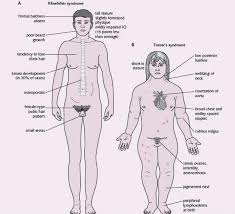
Hypogonadism can happen at any age. Here’s some brief explanations of what can occur and when:  In the Womb The default sex of an embryo is female. Females have two X chromosomes (XX). Males have an X and a Y chromosome (XY). If a male sperm fertilizes an egg, then the baby will be male. […]
What is childhood Hypogonadism?

What is childhood hypogonadism? There are a few types of hypogonadism, it’s important to understand how each effects the child suffering and why they developed the condition: Primary Hypogonadism – This is caused when the testes or ovaries fail to develop properly. This normally happens when the person does not enough progesterone, estrogen, and testosterone produced in their body. These are […]
Klinefelter facts & treatment options
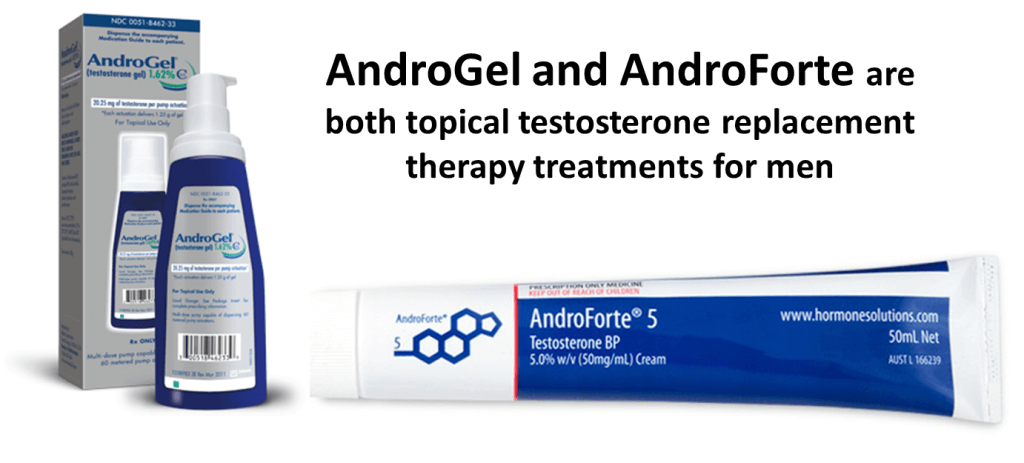
Here are some basic facts on Klinefelter Syndrome, also known as XXY Syndrome. These Klinefelter facts will help you understand the disease and understand the treatment options available. Girls do not develop Klinefelter syndrome It does not occur more in one race than any other Klinefelter syndrome does not decrease the longevity of boys Most […]
What is Klinefelter Syndrome?

Klinefelter syndrome is the most common cause of male infertility. It is a sex chromosome variation that occurs in 1 in 500 males. Most men do not demonstrate symptoms. Normally, males have one X chromosome in their cells. Males affected by Klinefelter syndrome have one (or more) extra X chromosome in most of their cells. The […]
